Not in my backyard! How annoying is wind turbine noise?
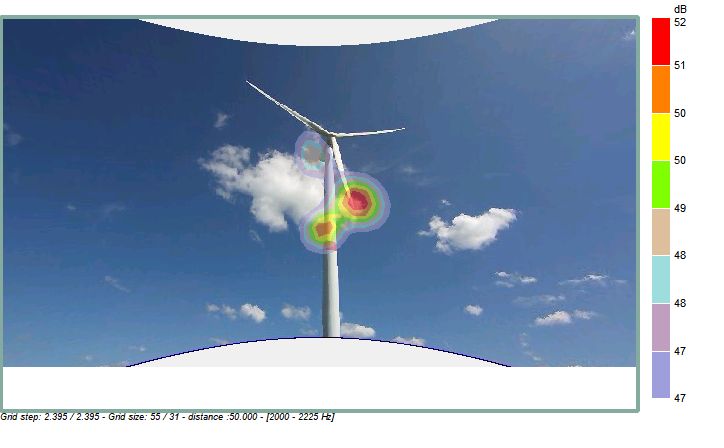
Although everybody is in favor of clean and green energy, when new wind turbine parks are built, nobody wants them in their backyard.
Next to visual pollution of the landscape, increased casualties among birds and bats, and so-called shadow flicker effects, people often complain about wind turbine noise.
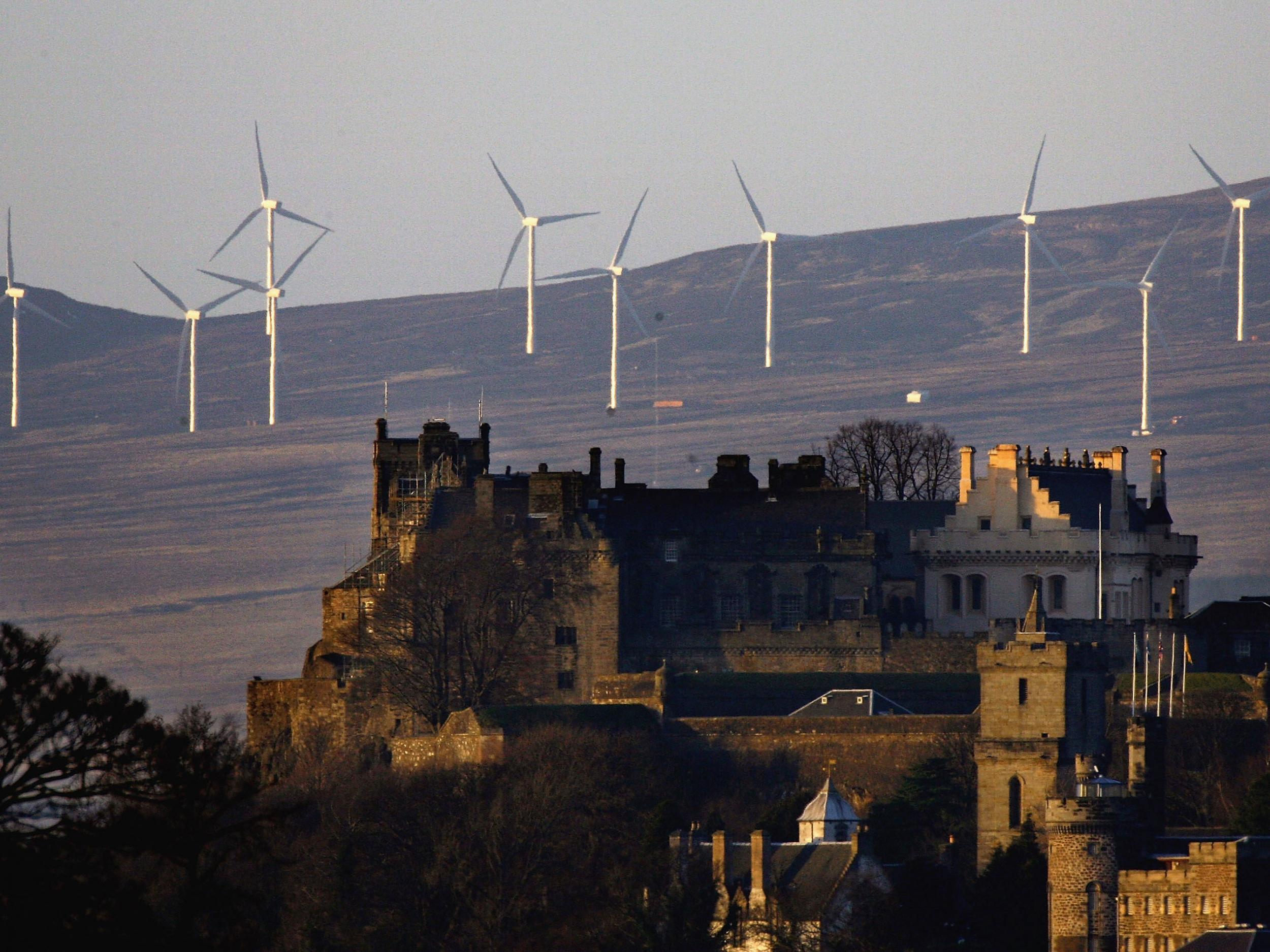 Visual pollution of the landscape. (Source: independent.co.uk)
Visual pollution of the landscape. (Source: independent.co.uk)
Shadow flicker effects (Source: lifewithdekalbturbines.blogspot.com)
Numerous complaints have been raised by residents living close to wind farms, ranging from simple annoyance to sleeping disturbance even leading to health problems. And this while their own neighbor even finds the “swoosh” sounds pleasant and restful, a bit like the sound of waves at the seaside.
Wind turbine noise: at least a very controversial topic, showing that every human being is different.
What are the facts?
First of all, a wind turbine does not make a lot of noise at all: at 300 meters distance, it is not louder than your average PC or refrigerator at home.
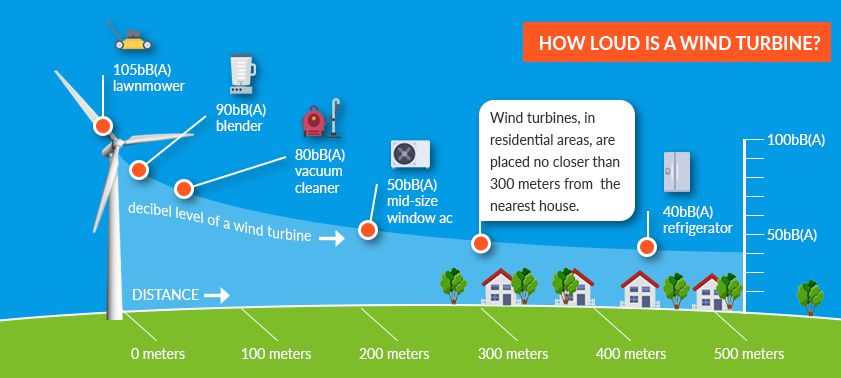 (Source: https://www.letsgosolar.com/consumer-education/solar-power-wind-power/)
(Source: https://www.letsgosolar.com/consumer-education/solar-power-wind-power/)
Of course, modern wind turbines get bigger and bigger, meaning their blade tips often reach speeds of 200km/h and more. This indeed means they make more noise, but all-in-all the overall levels stay low.
Also legislation steps in to make sure noise limits are not exceeded: every type of wind turbine needs to undergo a noise certification test according to the IEC61400-11 (read the following article) resulting in a sound power curve for the different operational wind speeds.
Once the wind farm is operational, there are environmental regulations that monitor the wind turbine noise levels around it and make sure they are not higher than the legally allowed limits. This often means that – e.g. during the night – wind farms need to run sub-optimal in order not to exceed the background noise levels too much.
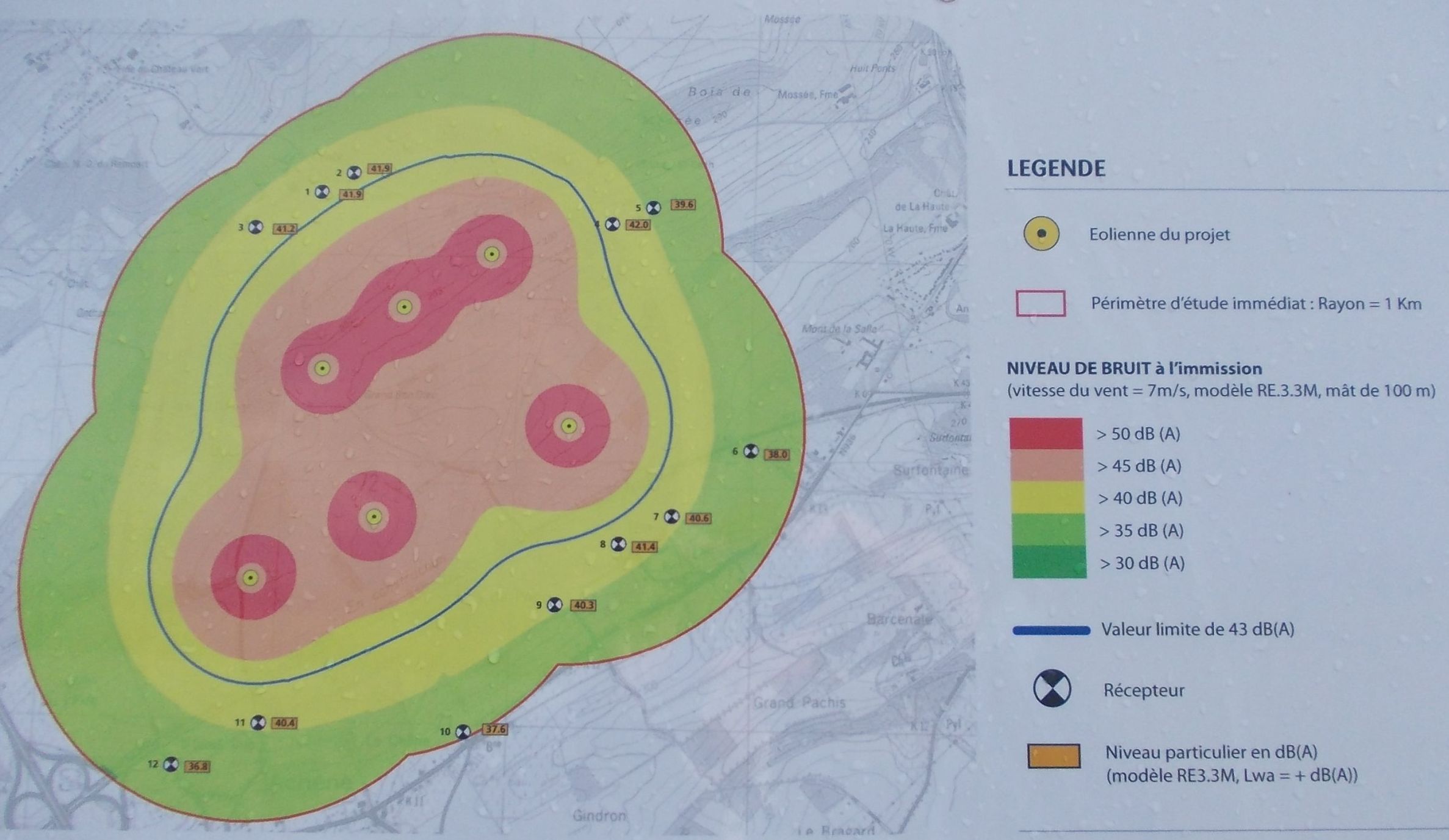
So what could still be the problem? Are all those complaints fake news?
Well, not exactly: not only the (averaged) sound pressure level is important, but one should also look at transient noises and at the specific frequency content of the noise generated.
The transient “swoosh” sound whenever a blade passes can indeed be annoying to some people, especially during the night when all other environmental noise is less present.
Specific frequencies like tonal noises can be – although not very loud – still very annoying. The latest edition 3 of the above IEC61400-11 standard explicitly takes into consideration the analysis of those tonalities. Again, during night time you might start focusing on those tones and it can indeed ruin your sleep.
Tonal noises typically come from the gear set in the nacelle, from power electronics, motors for changing the pitch position of the blades or the yaw position of the nacelle, fans…
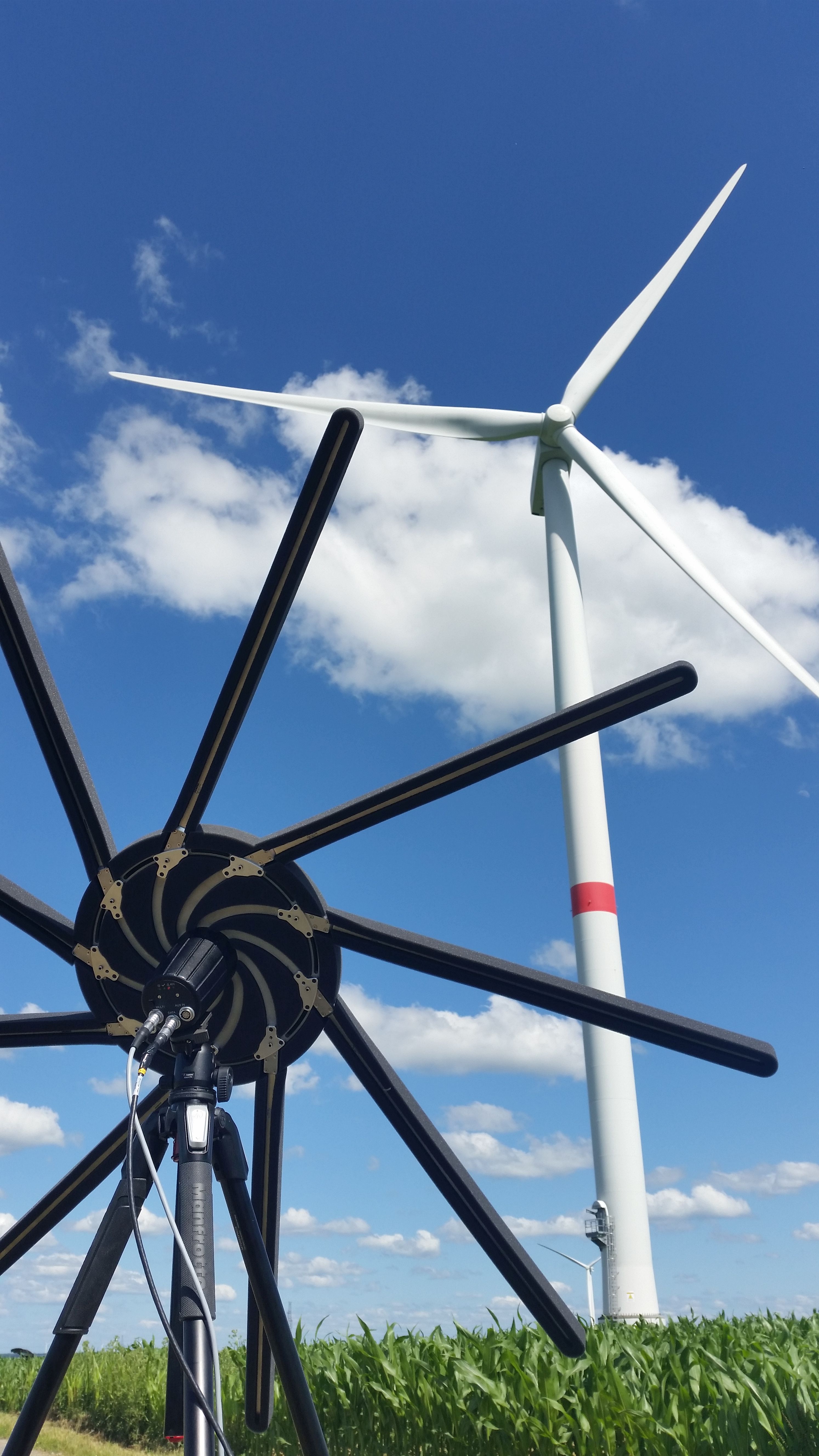
Understanding which parts of the wind turbine generate the transient noises, as well as possible specific frequencies, is a crucial step in addressing – or even better: avoiding – noise complaints.
The Simcenter Sound Camera is the ideal tool for this as it is quick and easy to setup and delivers real-time visualization of the main sound sources and their frequencies.
We simply put the Sound Camera in the back of the car and drove to the wind farm of Sovet in Belgium.
The following video shows some typical real-time results:
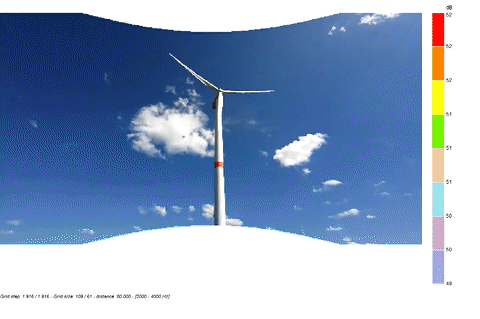
Although this measurement was done from an upwind position, the results are clearly indicating the main sound sources:
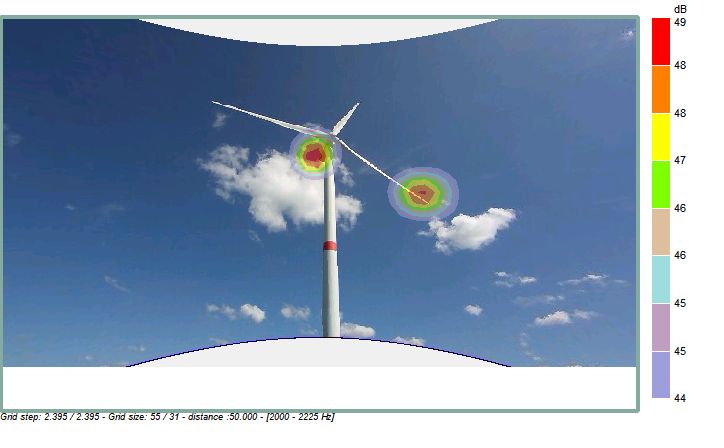
 From the nacelle itself: both the noise from the gearbox as well as the noise generated by the yaw system making the wind turbine rotate when the wind direction changes
From the nacelle itself: both the noise from the gearbox as well as the noise generated by the yaw system making the wind turbine rotate when the wind direction changes
- From the wind turbine blade: the tip is creating the highest noise as it moves with the highest speed; most noise is generated during the downward movement of the blade.
- An additional source can be seen every time a blade passes the tower – this is due to reflection.
For a more detailed analysis, often bigger customized ground arrays are used or tests are done on scale models in aero-acoustic wind tunnels, but thanks to the Simcenter Sound Camera the initial analysis and interpretation of the results is done in a much more efficient and effective way:
- One can compare different blade profiles by adding extensions to the trailing edge of the blades to investigate how it changes the emitted noise.
- By zooming in to specific frequencies, it is easy to identify the origin of the tonal noises and determine if they come from the gearset, ventilators, power electronics, … This allows for some last-minute changes before going into the formal IEC61400-11 certification.
For more info on the Simcenter Sound Camera, please visit our webpage.
So remember … don’t be afraid of the big bad turbine.

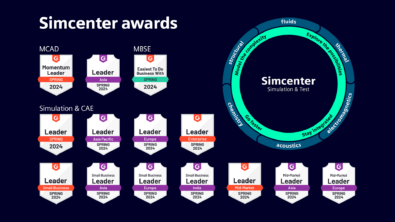
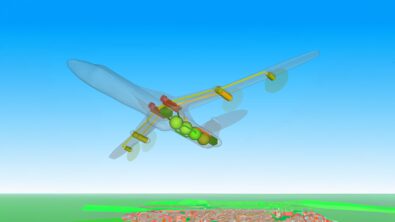
Comments
Comments are closed.